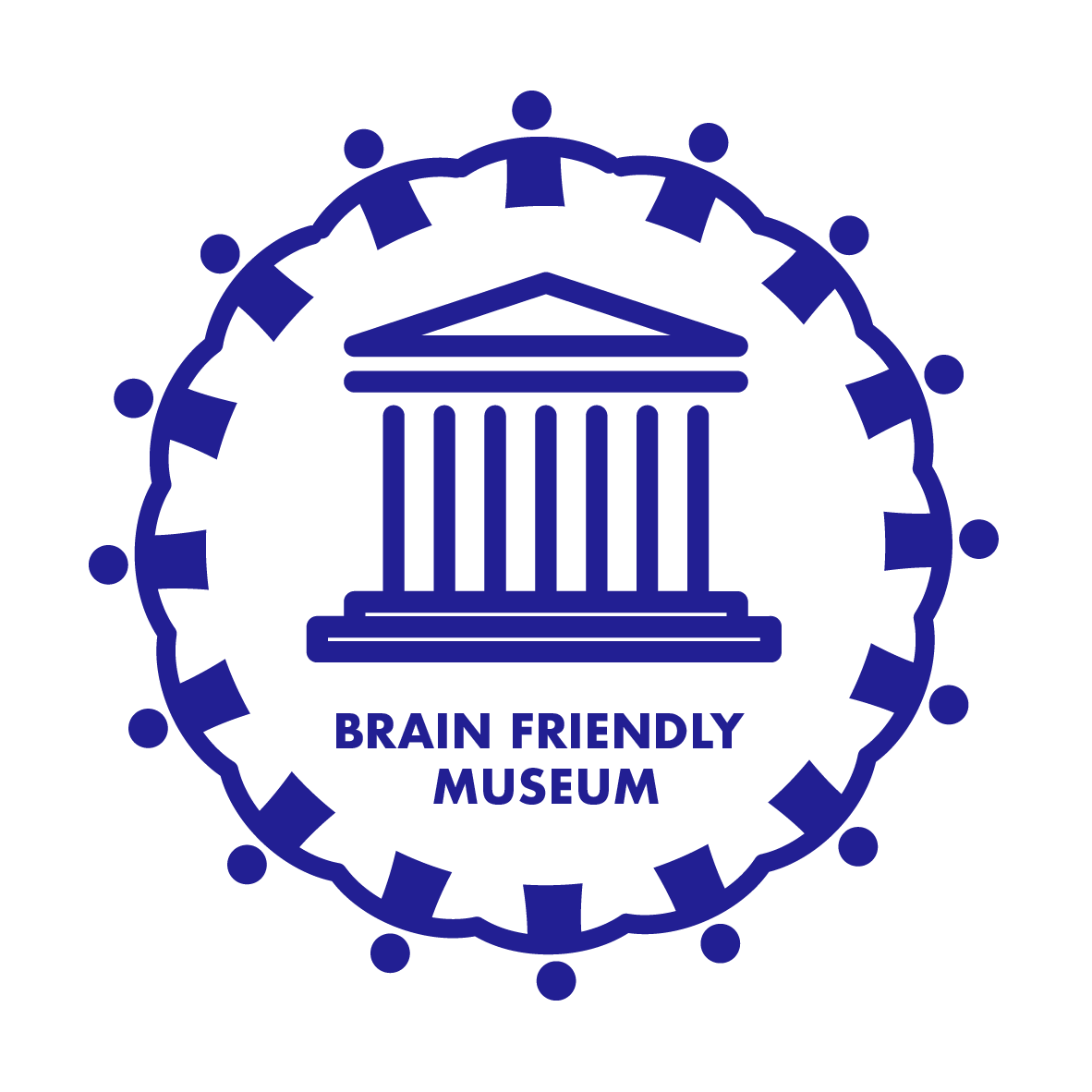The ASBA project examines the impact of museum experiences on psychological wellbeing, with distinct phases addressing both citizens and museum staff wellbeing. Each method has been implemented across different types of museums, with a focus on enhancing the interpretation and appreciation of museum collections.
Museums involved in the citizens’ wellbeing phase:
- Galleria d’Arte Moderna GAM, Milan (Italy)
- Museo di Storia Naturale, Milan (Italy)
Museums involved in the museum staff wellbeing phase:
- Museo d’Arte Orientale MAO, Turin (Italy)
- Galleria d’Arte Moderna GAM, Turin (Italy)
- Palazzo Madama, Turin (Italy)
Measurement tools: standardised and validated psychometric questionnaires; electroencephalography (EEG).
Project initiation: October 2022
FINDINGS ON CITIZEN WELLBEING
Over the past three years, the ASBA project has systematically investigated the relationship between museum engagement and psychological wellbeing, collecting data from 390 participants and a substantial cohort of museum professionals. Standardised psychometric instruments and qualitative assessments were employed, alongside electroencephalographic (EEG) recordings from a subsample using a portable brain-computer interface (BCI). This multi-method approach facilitated the collection of both quantitative (neurophysiological and behavioural) and qualitative (experiential and affective) data, allowing for a comprehensive cognitive-emotional analysis of the museum experience.
Results substantiate the hypothesis that museums serve as privileged spaces for psychological self-care. Findings derived from standardised state anxiety scales indicate a significant reduction in state anxiety across multiple interventions. Notably:
- Mindfulness interventions yielded the greatest anxiolytic effect, with a 25% reduction in state anxiety. This was particularly pronounced in individuals with high baseline stress levels.
- Art therapy also produced substantial effects, albeit slightly lower than mindfulness (approximately 20% reduction).
- Guided tours, beyond their educational impact, exhibited an anxiolytic effect comparable to art therapy. Importantly, their efficacy was independent of initial anxiety levels, suggesting broad accessibility and applicability.
- Nature+Art interventions facilitated a 15% reduction in anxiety, similar to outcomes observed in Visual Thinking Strategies (VTS).
EEG analyses corroborate these findings, revealing neurophysiological correlates of anxiety reduction, particularly modulations in theta-beta wave ratios, indicative of enhanced cognitive-affective regulation.
Crucially, these interventions did not merely attenuate state anxiety but also elicited distinct cognitive-affective experiences, reinforcing the diversity of mechanisms through which cultural heritage and museums facilitate psychological wellbeing.
- Mindfulness fostered deep cognitive-affective engagement, enhancing empathic resonance, curiosity, and openness towards museum objects.
- Art therapy evoked intense emotional processing, fostering social resonance and collective emotional sharing within participant groups.
- Nature+Art interventions induced integrative aesthetic experiences, promoting perceptions of freedom, lightness, and existential completeness.
- Visual Thinking Strategies (VTS) generated cognitive-emotional synthesis, encouraging self-reflective engagement and epistemic curiosity.
- Guided tours promoted structured cognitive engagement, enabling participants to decouple affective processing from knowledge acquisition, thereby supporting cognitive enrichment and emotional alleviation.
FINDINGS ON MUSEUM STAFF WELLBEING
A parallel study was conducted at Museo d’Arte Orientale (MAO) in Turin, focusing on museum professionals. This longitudinal investigation incorporated structured interventions across multiple sessions, integrating experiential, cognitive, and relational dimensions of wellbeing.
Results indicate that beyond reducing stress and anxiety, the intervention promoted:
- enhanced group cohesion and a heightened sense of professional belonging
- improved adaptive coping mechanisms for interpersonal and occupational challenges
A novel intervention, Chair Yoga, was introduced in this phase, demonstrating rapid anxiolytic effects, alongside cognitive and relational benefits. The strategic integration of museum spaces within the intervention framework augmented the immersive nature of the experience, amplifying its psychophysiological and affective impact.
The ASBA project provides empirical evidence supporting the role of museums as psychologically enriching environments, leveraging cognitive, affective, and social mechanisms to foster mental wellbeing. By combining psychometric, neurophysiological, and experiential data, this research highlights the transformative potential of museum-based interventions in both public engagement and occupational wellbeing contexts.
